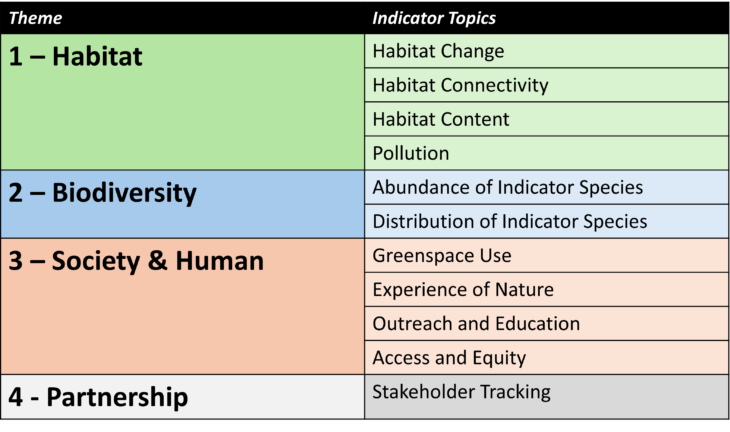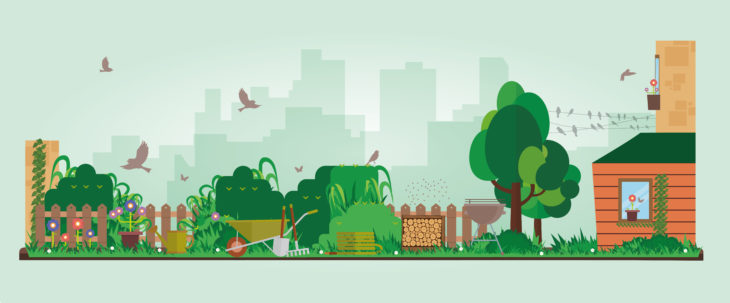Edinburgh Nature Network (ENN) is a long-term strategic approach to manage, restore and enhance the urban landscape of Edinburgh. It highlights opportunities to take action across the city, using natural solutions to address the threats of biodiversity loss and climate change.
It focuses on creating a well-connected, healthy, resilient ecosystem whilst enhancing the ability of the city to adapt to climate change, providing multiple benefits to wildlife, human society and the economy.
Edinburgh Nature Network Maps
Below is a map consisting of the major components of the Edinburgh Nature Network. Please click on each symbol for more information, and use the toggles in the legend on the left to view/hide the following map layers:
- ENN Actions – Type View – These are the opportunities for nature, identified through the development of the Edinburgh Nature Network, which have the greatest potential for impact across the city, and are categorised by their action type; either ‘Connect,’ ‘Create,’ ‘Enhance,’ ‘Restore,’ or ‘Protect.’
- ENN Actions – Status View – These are the opportunities as above, but categorised by their progress; either ‘Complete,’ ‘In Progress,’ or ‘Remaining Opportunity.’ This is informed by responses from the ENN survey and knowledge of the actions by the ENN team.
- ENN Action Log – Delivery – These are the sites of project delivery which have been entered to our ENN data survey by organisations delivering actions for nature across Edinburgh. Click on the ‘Maximize’ button in the top-right corner of the pop-up for full information of this intervention.


